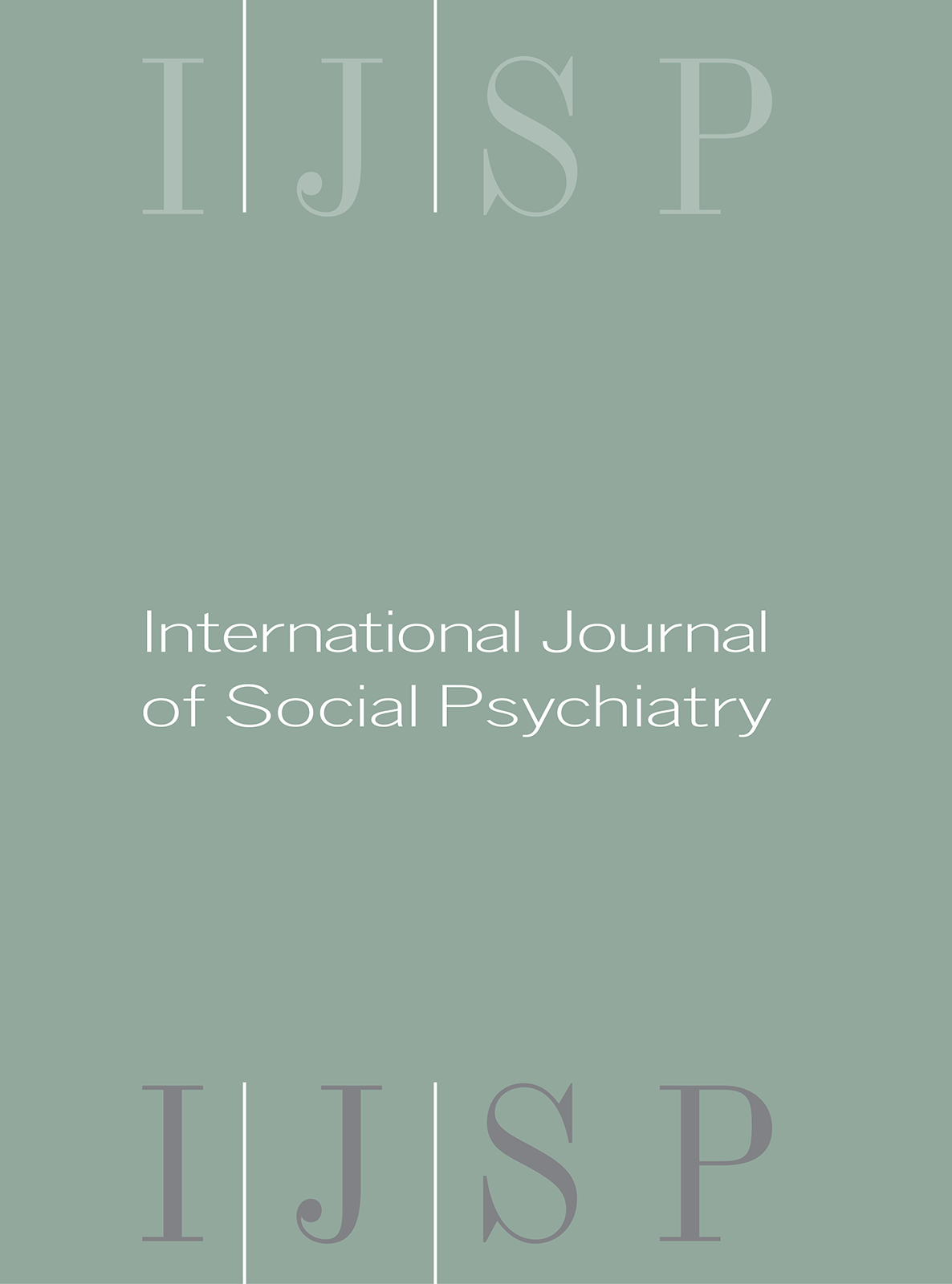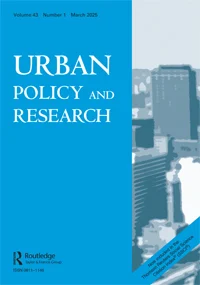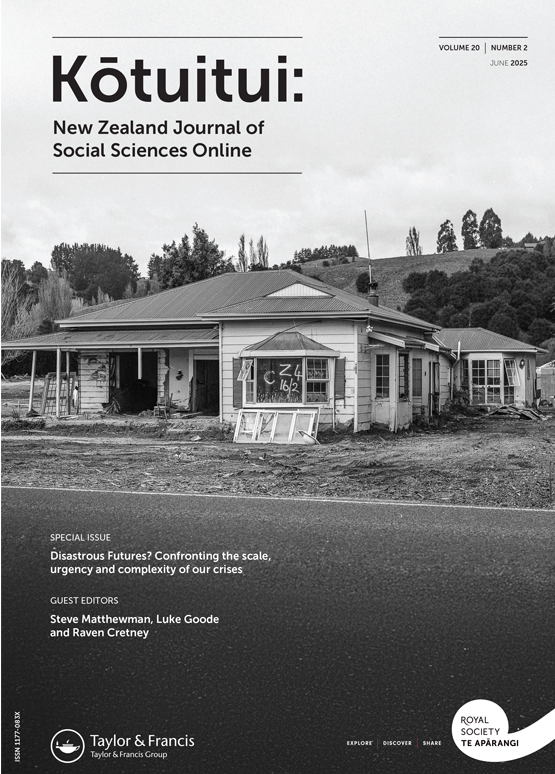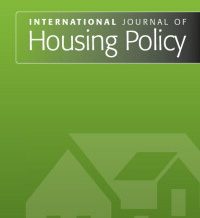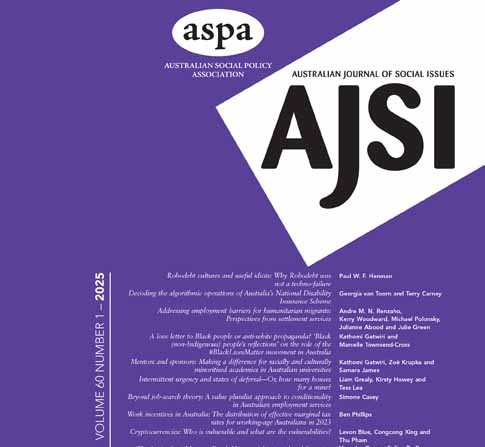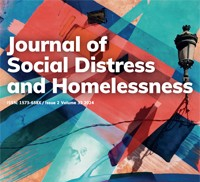Home Homelessness Page 2
Homelessness
- Research
In this study, we explored the demand for the three specialist mental health services for people experiencing homelessness in Dublin by evaluating all referrals received over a 1-year period.
- Research
The Report on Government Services (RoGS) provides information on the equity, effectiveness and efficiency of government services in Australia. The…
- Research
This paper examines the relationship between housing assistance and youth offending in New Zealand (NZ). Using the Integrated Data Infrastructure (IDI), we established three cohorts of youth aged 14–24 who were part of households that received the Emergency Housing Special Needs Grant (EHSNG), lived in public housing, or received the Accommodation Supplement (AS) between 2016 and 2022. We found that offending decreased significantly among young people living in public housing or receiving the AS compared with the general population. However, reductions were not significant among those receiving EHSNGs, highlighting the importance of stable housing assistance on reducing youth offending.
- Research
In a study on mothers’ experiences of a residential parenting and drug rehabilitation programme, housing was consistently discussed as crucial to recovery in terms of the ability of wāhine (women) to envision a secure future.
- Research
This paper comprehensively explores the housing policies in England and Wales, the causes of rough sleeping, the implications of criminalising rough sleeping, and the nexus between human rights and criminalising homelessness.
- Research
In 2016, the Ministry of Social Development (MSD) of New Zealand introduced the Emergency Housing Special Needs Grant (EHSNG) to address urgent accommodation needs. This study utilised the Integrated Data Infrastructure (IDI) to analyse the demographics and government service utilisation of EHSNG recipients, including all household members, unlike previous reports that focused only on the main applicant.
- Research
This paper presents key findings from a process evaluation of the Justice Housing Programme (JHP), drawing on interviews with 19 current and former JHP clients and 16 professional stakeholders involved in the programme, as well as a brief survey with 17 current and former clients.
- Research
Using baseline data from a study with suicidal youth experiencing homelessness, correlation and mediation analyses were completed to determine the associations between cognitive distortions, problem-solving, depressive symptoms, and suicidal ideation.

